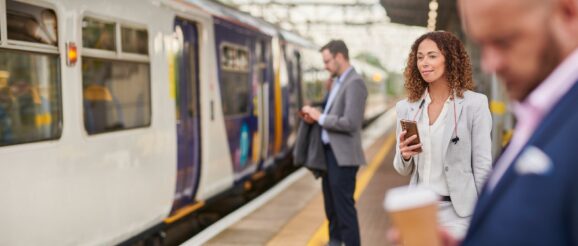In Public Transport, IoT Is Key to Innovation, despite Crisis

“In order to have sustainable transport systems that consumers are happy with, and that don’t cost your shirt, you need to optimize to maintain standards,” says Martin Whitlock. He continues:
“When traditional infrastructure, such as public transport, interacts with new actors driven by strong technological growth, completely new conditions are created for everyone involved. Here is an opportunity for innovative technology companies to come up with solutions that help the consumer save energy, time and money, while at the same time optimizing public transport for the public’s needs.”
In Helsinki, for example, they are investing in an app that helps commuters find the most efficient route – regardless of public transport. In addition to subways, buses and trams, the user also sees whether electric scooters, rental bicycles, taxis and rental cars can be part of the journey to the final destination.
“In Finland, legal requirements were introduced that the actors must share data with each other, and this has created opportunities to increase customer benefits. Many may not want to share data with each other because they consider the means of transport to be competing, but the Finns have shown that it is rather the opposite,” says Whitlock.
“If I have a long way to the bus, there is a big risk that I would rather take the car to work. But if there is an available electric scooter that takes me the last bit home from the bus, it suddenly becomes an alternative to energy-demanding passenger cars. The electric scooter is not a competitor to the bus, but a complement.”
IoT technology is hidden behind the Finns’ app. It helps the various connected systems talk to each other, Whitlock explains:
“IoT is what connects the services and causes them to exchange information, which means that you can, for example, see when the bus will arrive.”
Thanks to IoT, relevant data can be collected and compiled – provided that the means of transport have connected sensors for this:
“You can see in real time when the bus is coming, but it may be full. It is the next step in development, that we dynamically receive additional relevant information. There are already examples where passengers on the platform can see which carriages are full and can therefore choose a carriage that is less loaded,” says Whitlock, adding:
